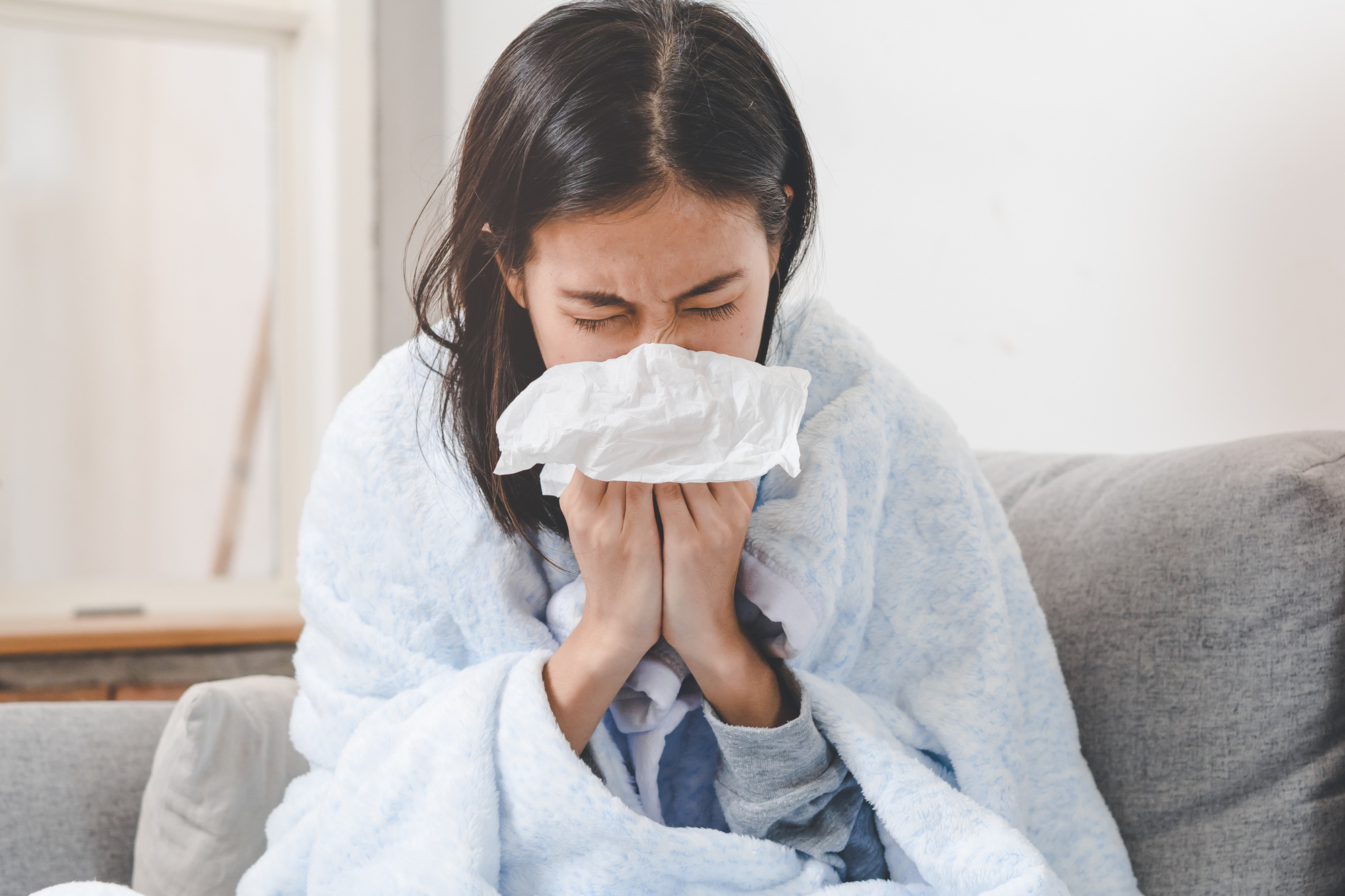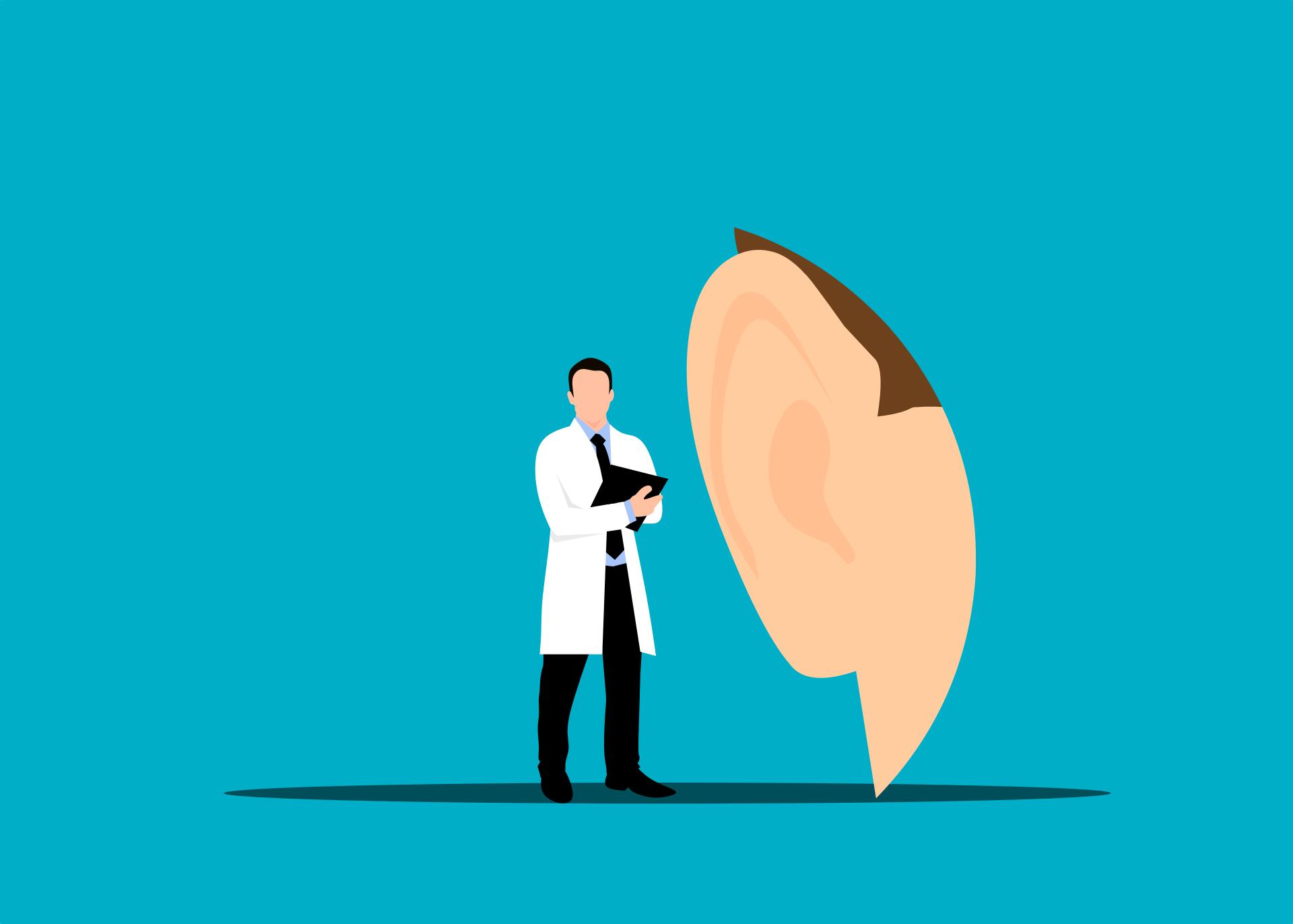
The Top 4 Causes of Fall Allergies

Did you know that nearly 50 million Americans experience allergies every year? Some people have chronic allergies to foods or other substances, while others have temporary seasonal allergies. One of the most prominent seasons for allergies is the fall.
From sneezing to a stuffy and itchy nose, these allergies can be a nuisance! The good news is that there are ways to combat them.
What causes these allergies? What are the available treatments? Continue reading to learn more about fall allergies.
1. Pollen and Ragweed
Ragweed is one of the most common culprits of fall allergies. It is a weed that is found all across America that attracts significant pollen.
Ragweed can affect countless people, no matter if you are in close proximity to a plant or not. Ragweed release trillions of pollen grains every day. These grains travel great distances too!
Studies have shown that ragweed pollen can be found up to 400 miles away from the plant. Ragweed plants traditionally cause allergies between August to November. These weeds thrive during cooler evenings.
Unfortunately, most people who have a reaction to spring pollen-producing plants will have a similar experience with ragweed.
During the fall, pollen is responsible for a high percentage of seasonal symptoms. Besides ragweed, additional plants and weeds that contribute to allergies include pigweed, sagebrush, tumbleweed, and cocklebur.
Approaches to Limit Exposure and Treatments
There are multiple approaches to limit exposure to pollen-producing plants like ragweed. When at your home, it is important to keep your windows shut. After any outside activity, shower when returning home and wash your clothes to get rid of any pollen grains.
Nasal decongestion medications like Avamys Nasal Spray can be beneficial. You can also take medications such as antihistamines to reduce symptoms caused by pollen-producing plants.
2. Mold
Another common cause of fall-related allergies is mold. Mold is especially challenging since it can be found both inside and outside.
Found in damp areas, mold is often discovered in bathrooms or kitchens. Individuals can also find mold in piles of wet leaves or damp logs.
Approaches to Limit Exposure and Treatments
Mold thrives in warmer and wet climates. It is encouraged to keep your humidity low inside your home. You can also purchase a dehumidifier for your house or rooms where you notice mold.
If your mold allergies are severe, you can use a face covering of your choice when working on outside projects. Try your best to limit exposure to wet leaves or anything damp outside.
Like ragweed allergies, medications such as antihistamines can reduce the symptoms of a mold allergy. Nasal sprays are also recommended for mold-related allergies.
3. Dust
Dust is one of the most popular causes of allergies throughout the year. Dust allergies are caused by dust mites.
These mites can be found in bed sheets, carpets, and other soft products around your house. Areas in your home collect dust when they are not swept or cleaned regularly.
Approaches to Limit Exposure and Treatments
Dust is inevitable in homes and will continue to grow even after cleaning. Approaches to limit the number of dust mites in your house include frequent sweeping and washing your bedsheets and pillowcases often. Special allergy/dust-mite covers for your bedding can also be helpful in reducing dust mites.
Reducing the carpeting in your house can have a great impact as well. You can opt for wood or tile floors, and this will limit the number of dust mites.
There are also medications available that can help relieve dust allergies.
4. Pet-Related Allergies
Pet-related allergies are not only frequent in the fall season but throughout the whole year. While there are multiple pet-related allergies, the most common allergy stems from pet dander.
Interestingly, pet dander does not come from a pet’s hair. It is the product of a pet’s skin. The dander can be spread more easily through pet hair, however.
Approaches to Limit Exposure and Treatments
One of the most beneficial ways to limit pet dander is to give your dog or cat frequent baths. Grooming also has a role to play. If your animal sheds, vacuum your house often.
You can also purchase an air purifier to freshen areas in your home and remove dander. Allergy-specific medications and sprays can be useful as well.
Types of Medication for Fall Allergies
A common medication for fall allergies is Flonase products. Flonase nasal sprays relieve congestion because they have an ingredient called fluticasone propionate, which reduces nasal inflammation.
Another common medication for fall-related allergies is chlorpheniramine, which is a form of antihistamine. Chlorpheniramine can be purchased without a prescription under the name, Piriton.
Piriton comes in tablets and syrup as well. It will help reduce symptoms of various fall allergies, including ragweed, mold, dust, and pets.
If one has asthma and is also experiencing allergies, having a supply of Flovent inhalers will come in handy. These treatments help reduce lung inflammation and allow individuals to breathe better.
Be Proactive with Kiwi Drug
When experiencing fall allergies, it is imperative to be proactive and start treatments early on, especially if you have any chronic conditions.
Beginning treatments early in the season will help you experience fewer symptoms. There is no need to suffer when there are treatment options available.
Kiwi Drug is here to assist you. We have various medications you can order from our online pharmacy. These include nasal sprays, inhalers, eye drops, and Piriton tablets/syrup.
To explore our offerings and purchase from our online pharmacy, please sign up to create an account today.
Related Posts


